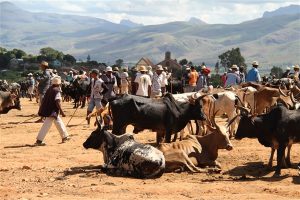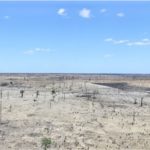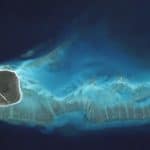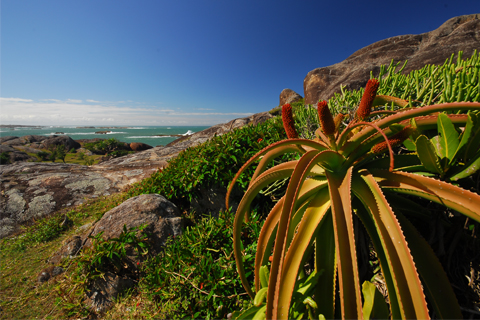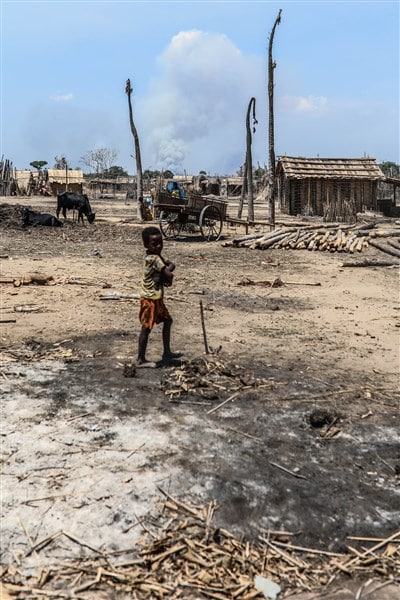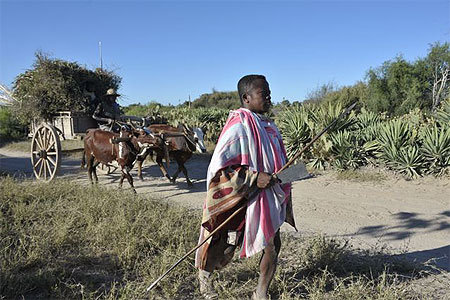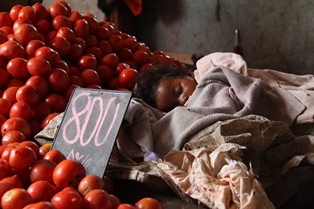The tribes of Madagascar-The Betsileo
The Betsileo areas unfold their contrasting landscapes in the south of Imerina. Its strong and isolated relief, sometimes wooded, sometimes bare and full of lavaka, culminates at the Pic Boby (2,658 m), in the Andringitra massif.
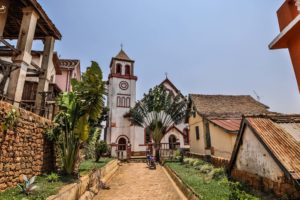
Coming from the east coast, the Betsileo ("Many Invincibles") the Vazimba assimilated before they formed four kingdoms. The Arindrano in the south, the Lalangina in the center, the Isandra in the west and the Manandriana in the north.
Around 1750, under the rule of Andriampanalina I., Isandra asserted its economic superiority over the other three kingdoms, but without achieving lasting Betsileo political unity. Weakened by its internal divisions, the country came under Merina rule at the end of the 18th century. Nowadays it is an important agricultural center (rice, tea and vineyards).
AMBOSITRA (PK 258 of RN 7 - 90 km south of Antsirabe)
Ambositra rises at 1,345 m at an altitude that was once forested and abundantly flourishing. The village owes its name ("where there are many castrated zebus") to the importance of its livestock in the 17th and 18th centuries. The region has a variety of resources. In addition to livestock and agriculture (rice, corn, cassava, sugar cane), there are important mining deposits: Copper, gold, iron, lead, nickel, asbestos and limestone.
Ambositra-Taloha
Ambositra offered fierce resistance to the army of Prince Rakoto, the future Radama II. At 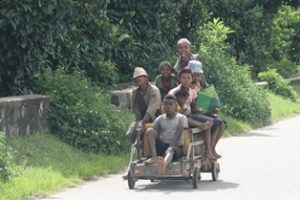
From this first village, Ambositra-Taloha, 3 km southwest of the present city, the protective ditches, the narrow natural gate made of large rocks, the main square and the tomb of the ancient kings have been preserved.
The Regional Museum Tompon'Anarana ("the one who wears his name well").
The faithfully reconstructed royal house of Betsileo with its ox park displays a collection of ancient objects and minerals.
Vinany
After the annexation of the region, the Merina family established a garrison near the ruins of Ambositra, in the place called Vinany ("confluence"). Since the 19th century Vinany has been the home of the Merina administration, the colonial administration of that time and the present authorities. In this residential area you can see two raised stones, very different in their ornamentation: one is dedicated to the great rulers of Ambositra, the Mpanalina, the other commemorates the proclamation of national independence on June 26, 1960.
Ambositra, capital of wood art
Ambositra is famous for its craftsmanship. Rabans (tablecloths, carpets, necklaces, bags...) with 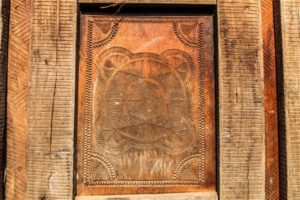
In numerous workshops and stores are exhibited true treasures, the result of a tradition handed down: Jewelry chests made of precious wood (ebony, rosewood, mahogany) and other inlays, dishes, jewelry, honey pots chased with geometric, plant and animal motifs.
Many of these objects are the work of sculptors from Zafimaniry, who work in their village in the forest.
The surroundings of Ambositra - Mount Antety (1863 m)
West of Ambositra offers a beautiful panorama of the plain and its crops. The road to Andina (17 km southwest) offers breathtaking views of the terraced rice fields that stretch between pine forests and jagged rocks as far as the eye can see.
Zafimaniry Villages
Visiting the villages of the Zafimaniry, one can fully appreciate the talent of these woodcarvers. The "descendants of those who desire it" live in the Tanala forest east of Ambositra and strive to 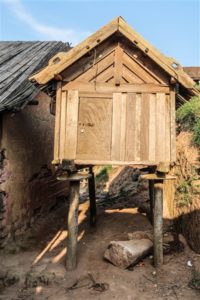
Their houses, all made of wood and plant materials, are in themselves true works of art with their shutters and walls carved with geometric patterns.
The most accessible villages - and therefore the most touristy - are Antoetra (28 km from Ivato) and Ambohimitombo (32 km from Imerina-Imady). From there, forest trails lead on foot to other communities such as Ifasina (4 km from Antoetra), Ankidodo (8 km), Faliarivo (22 km). In addition to good hiking equipment, this trip requires the presence of a guide (check with hotels, artisans or Ambositra authorities).
Memorial Monuments
In Betsileo country, and especially in the Ambositra region, three types of memorials coexist: the vatolahy (raised stones of varying sizes found throughout the highlands), the teza, and the tatao. The teza are grave posts made of hardwood, square or rectangular in cross-section (30 to 40 cm on each side), 1.50 to 4 m high, usually carved with geometric motifs on all four sides.
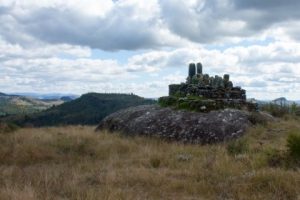
They are also erected in honor of important people and events in the family or regional history. According to tradition, any traveler who encounters a tatao on his way must add a stone to the building. This tribute to the ancestors is said to bring good luck.
La Belle Bedia
On the advice of the soothsayer astrologer Itsivalaka, Andriampanalina I, ruler of Isandra, decided to make a human sacrifice to consolidate his throne and ensure the success of his conquests. According to Itsivalaka, a woman had to be chosen and buried alive. The news, it is said, terrified the population until the beautiful Bedia offered herself as a sacrifice for the good of Andriampanalina and her kingdom. She was buried in her best clothes in Mahazoarivo, the capital. The royal palace and its outbuildings have disappeared. Only the tomb of the beautiful Bedia recalls the rich hours of Isandra.
"One does not finish with raffia a work begun with silk. "
Proverb from Madagascar

